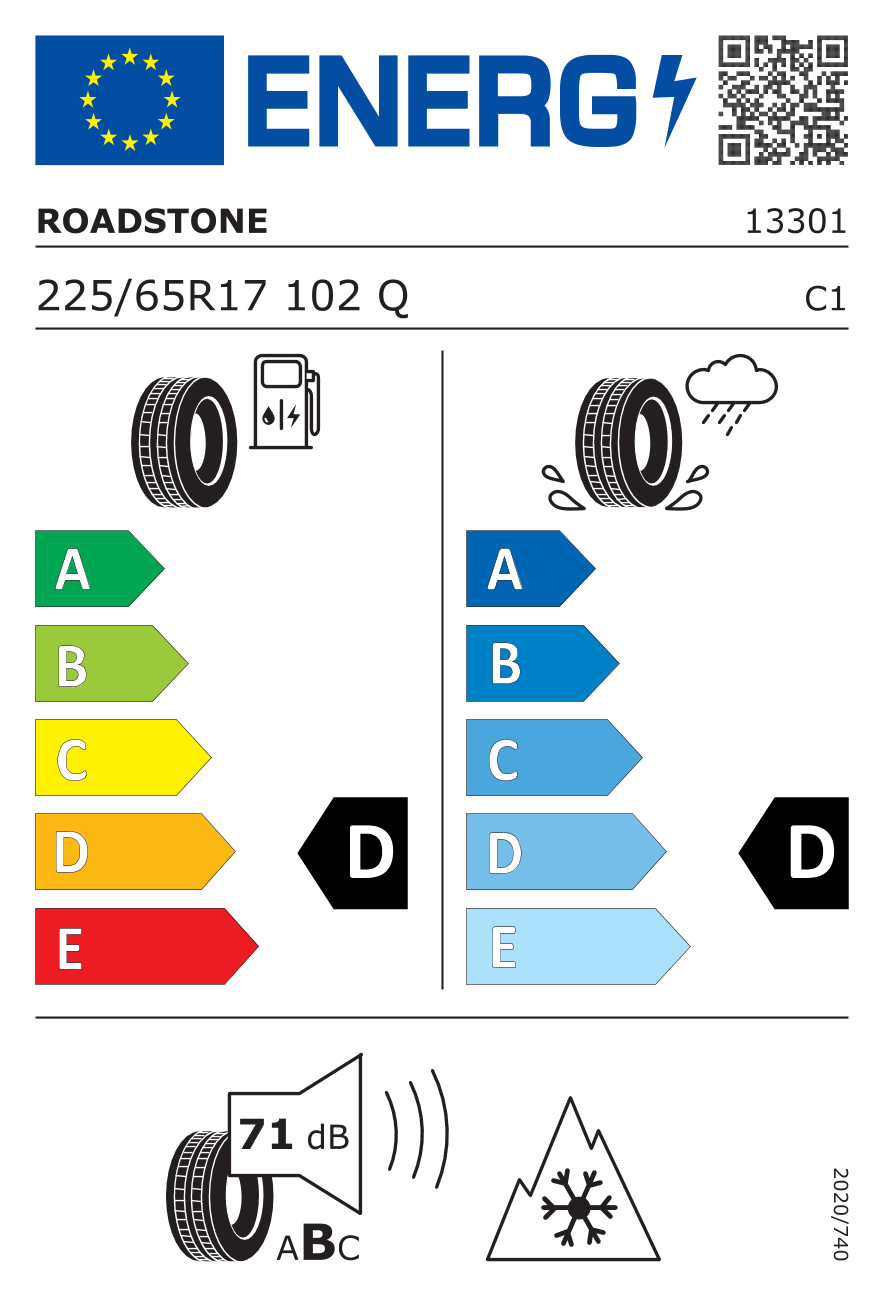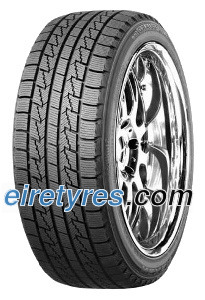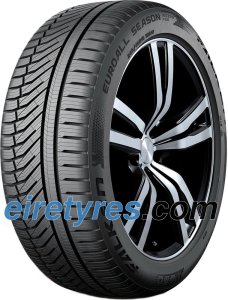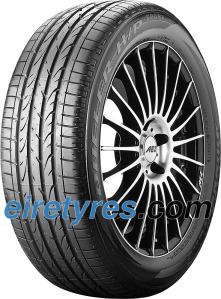Roadstone Winguard Ice 225/65 R17 102Q, Nordic Compound



Roadstone
Winguard Ice
225/65 R17 102Q, Nordic Compound
Add product to compare















